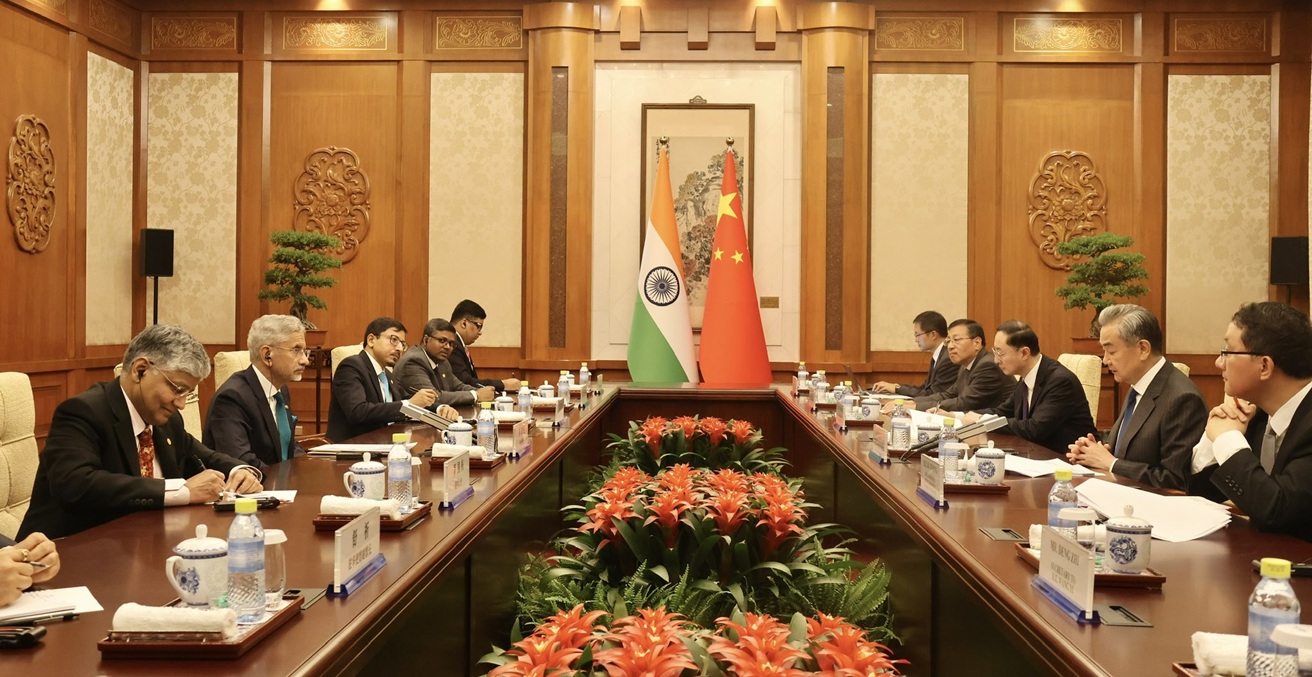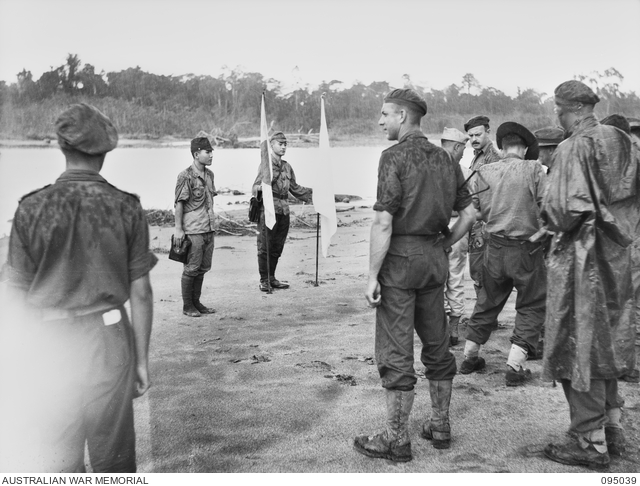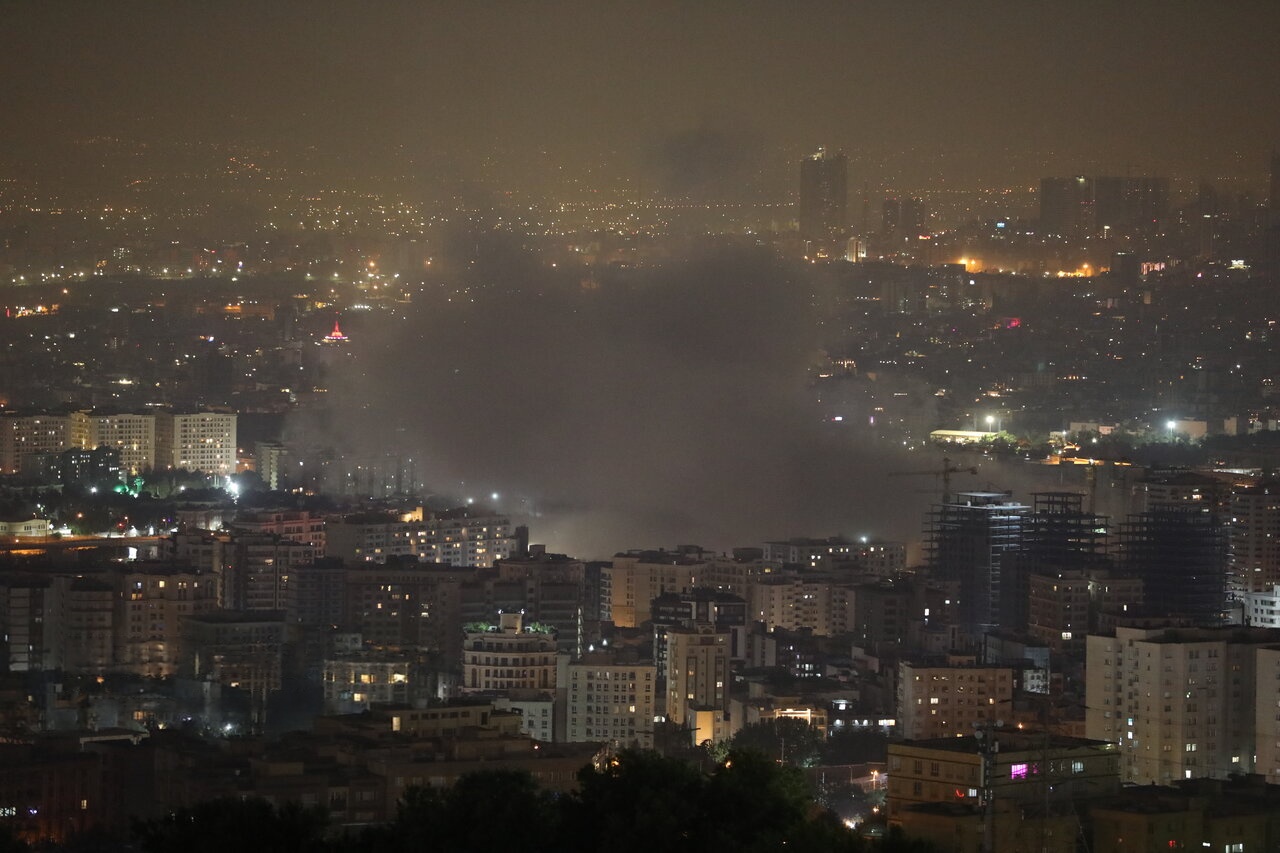Jaishankar’s July 2025 trip to Beijing marked the first high-level India–China engagement since the 2020 Galwan Valley clash, symbolising a tentative thaw in relations. While Chinese media framed the visit as a chance to “restart” diplomacy, public and analytical opinion tempered optimism with caution over unresolved border disputes and strategic mistrust.
In July 2025, Indian Foreign Minister Subrahmanyam Jaishankar visited Beijing to attend the Shanghai Cooperation Organisation (SCO) Foreign Ministers’ Meeting. It was the first visit by an Indian foreign minister to China since confrontation between the Indian and Chinese soldiers in Galwan Valley in 2020. For some, the visit is symbolised as a turning point in bilateral ties following the disengagement at the last remaining standoff point along the China-India border in 2024. During Jaishankar’s visit, China’s response appeared to combine pragmatic expectations with rational caution.
Much of the Chinese media noted that the visit, taking place within a multilateral context at the SCO, carried relatively low political sensitivity. For others, the visit was widely regarded as an important “testing point,” assessing the possibility of substantive improvement in bilateral relations between the two countries. The China Daily underscored the high-level diplomatic reception afforded to Jaishankar during his visit to Beijing. In addition to meetings with the Chinese Foreign Minister Wang Yi and Vice President Han Zheng, he was also received by senior officials from the International Department of the Communist Party of China, such as Liu Jianchao—signalling Beijing’s goodwill and the importance it attaches to bilateral engagement with New Delhi. Outlets such as the Global Times described the visit as a key step taken by both sides following the easing of border tensions—framing it as a strategic attempt to “break the spiral of silence” and laying the groundwork for the resumption of high-level diplomacy between China and India. Terms such as “thaw,” “restart,” and “repair” were largely used in a number of media reports to emphasise the symbolic value of high-level interaction in restoring political trust and advancing the normalisation in their bilateral ties. The Chinese media, like the diplomats, also used expressions such as “mutual empowerment” and “dragon-elephant tango,” and called for more South-South Cooperation. Nonetheless, analyst commentary and think tank perspectives widely noted that such symbolic breakthroughs do not equate to the fundamental resolution of deeper structural issues. Further, Chinese public opinion exhibited a sense of “cautious optimism.”
Although high-level interactions were broadly interpreted as a positive sign, Chinese public discourse largely did not overlook the complex realities surrounding the agenda of this visit. The “rare earth mineral issue” emerged as an important topic during Jaishankar’s visit. Chinese media cited the Ministry of Commerce’s position, clarifying that the measures aimed to enhance compliance and traceability rather than impose an outright export ban. At the same time, one of the Chinese commentators criticised India’s inconsistent and non-transparent policies towards Chinese investment, app bans, and visa approvals, urging New Delhi to demonstrate greater sincerity in fostering cooperation.
The second predominant issue discussed was regarding borders. Chinese public opinion broadly acknowledged the disengagement as a sign of phased progress. However, a commentary also emphasised that the border dispute is inherently protracted and complex, requiring institutionalised negotiation channels and stable communication mechanisms. Some media analyses warned that prolonged tensions along the frontier would drain both sides’ strategic resources and run counter to broader developmental goals. Dialogue and crisis management were described as the “minimum consensus,” and a necessary foundation for further improvement in bilateral ties.
Third, some Chinese scholars and media commentaries such as SINA contended that India’s current willingness to improve ties with China stems more from shifting global dynamics and mounting domestic pressures than from any fundamental strategic realignment. For example, factors such as waning US attentiveness towards India, emerging tensions in India-Russia relations, and constraints on India’s domestic industrial revival were cited as prompting greater tactical flexibility in India’s foreign policy.
Finally, for several Chinese commentators from Wechat Official accounts (微信公众号), the visit was a “strategic recalibration” on India’s part, rather than a fundamental shift in policy direction.
To conclude, Jaishankar’s visit to China undoubtedly carried important symbolic weight at the political level, marking a pivotal moment in the resumption of high-level bilateral engagement after years of stalemate. The Chinese government expressed goodwill and a readiness to stabilise ties through institutional dialogue. However, Chinese media and public opinion largely analysed the visit as a careful balancing of hope and prudence.
Bian Sai is a Ph.D. candidate at the School of International Relations and Public Affairs, Fudan University and academic visitor at the Institute of South Asian Studies, National University of Singapore, Singapore.
Amit Ranjan is a research fellow at the Institute of South Asian Studies, National University of Singapore, Singapore.
This article is published under a Creative Commons License and may be republished with attribution.





